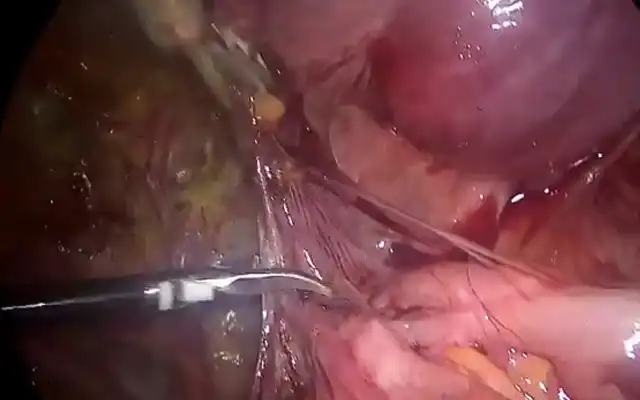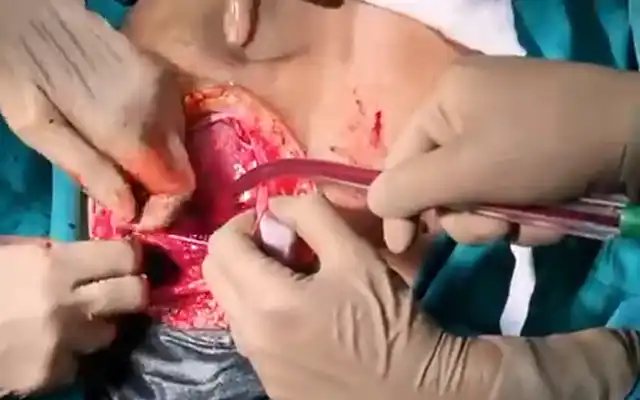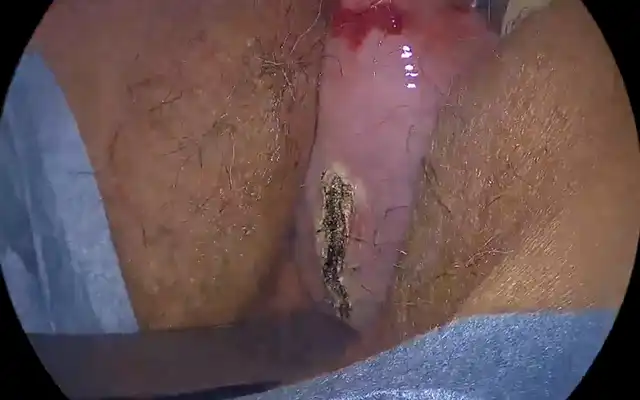Authors / metadata
DOI: 10.36205/trocarvid1.2020002
Abstract
To date, the entity chronic endometritis (CE) is defined as a persistent inflammation of the endometrium, caused by germs, diagnosed through the presence of plasma cells in the mucosa and exclusively managed with antibiotics. However, the analysis of more than 140 pertinent references has revealed multiple facets of inflammation within the endometrium, highlighting it as a physiological component, potentially impaired by multiple factors other than germs; hence the term impaired inflammatory state of the endometrium (IISE). The latter denomination thus acknowledges chronic inflammation as a physiological or a pathological inflammatory state.
Additionally, the consensual hysteroscopic criteria used for diagnosis of CE display paradoxical features, as some of them are typical signs of acute inflammation rather than the chronic one: focal hyperemia, stromal edema and hemorrhagic spots. In this video, the pathophysiological basics of inflammation are recalled in order to demonstrate why the above-mentioned consensual signs are problematic. In fact, chronic inflammation is known to be silent. Chronic IISE could thus manifest in a silent way. It could also manifest with micropolyps, as they have been demonstrated to be rich in plasma cells at histology.
Conversely, the presence of acute inflammatory signs does actually reflect either a transient IISE, or a chronic one. In the latter case, chronic inflammatory disorders are well known to be the optimal ground for repeated acute inflammatory episodes. In addition, they could also be the consequence of the failure of the organism to resolve an acute inflammatory episode. Hysteroscopy remains the only method capable of demonstrating the fundamental signs of inflammation within the endometrium, just like skin examination for dermatoses. To pose the diagnosis of an acute versus a chronic IISE, other criteria are needed, related to the context, etiology, immunology as well as pathology.



